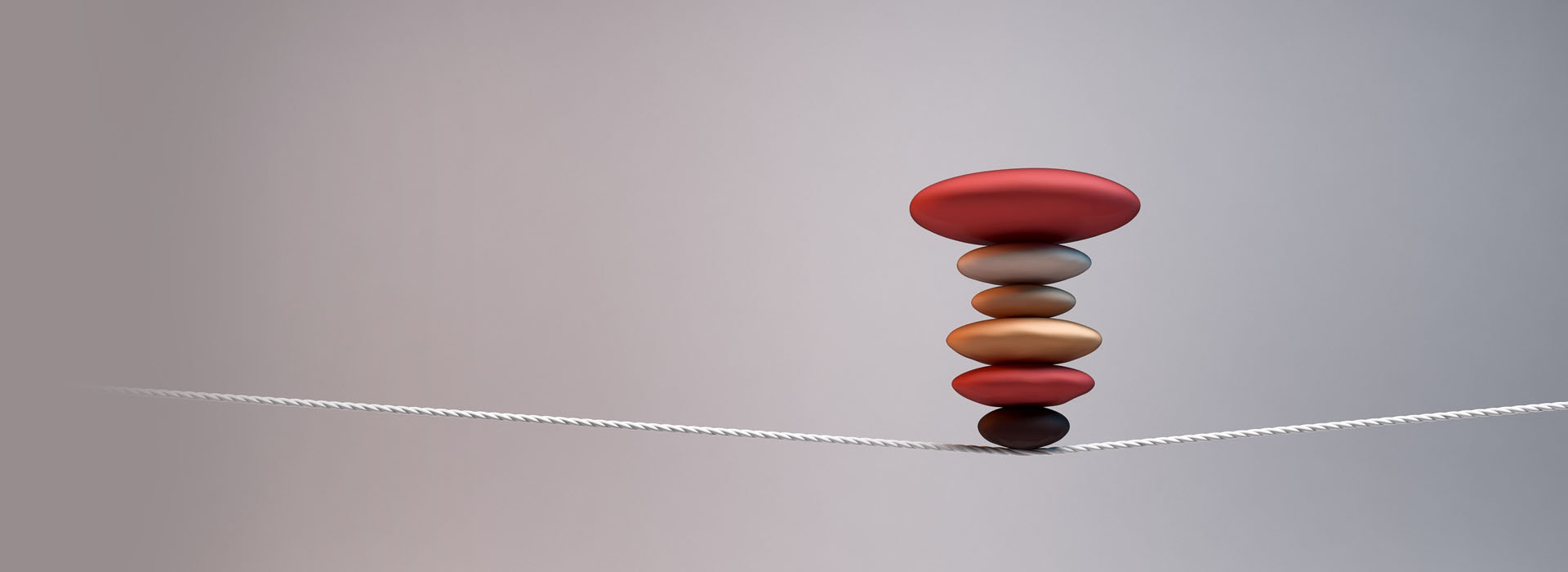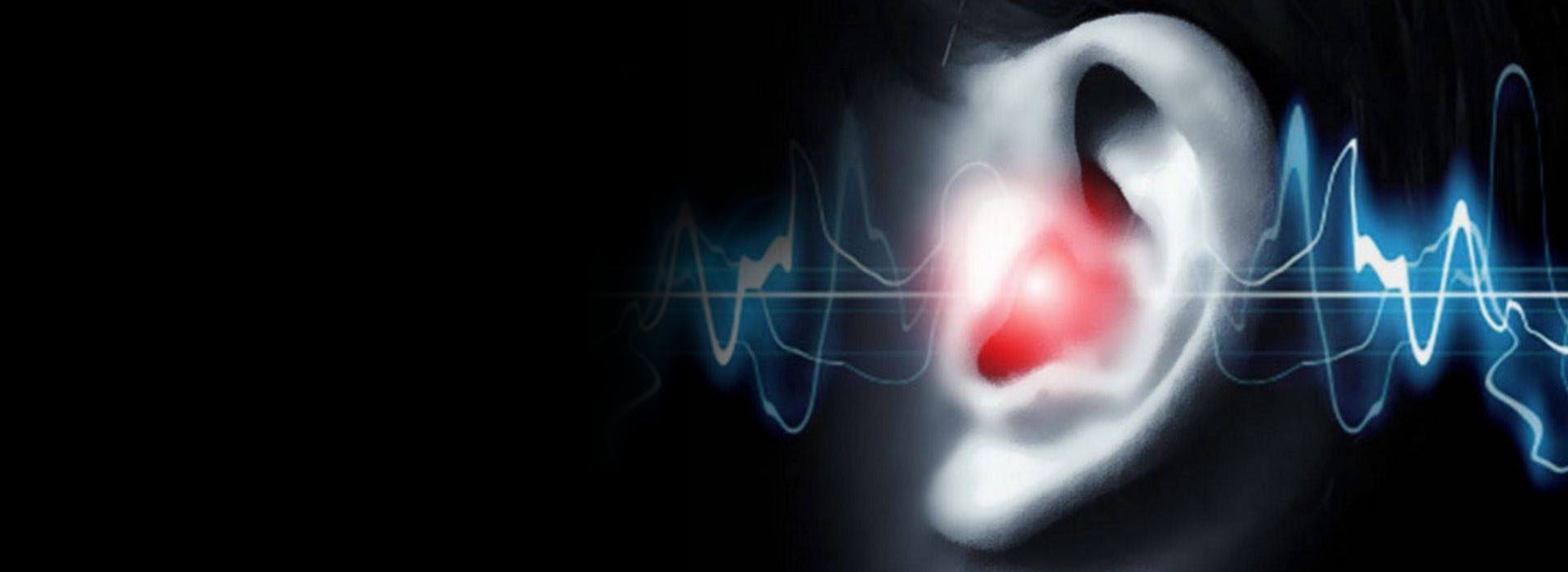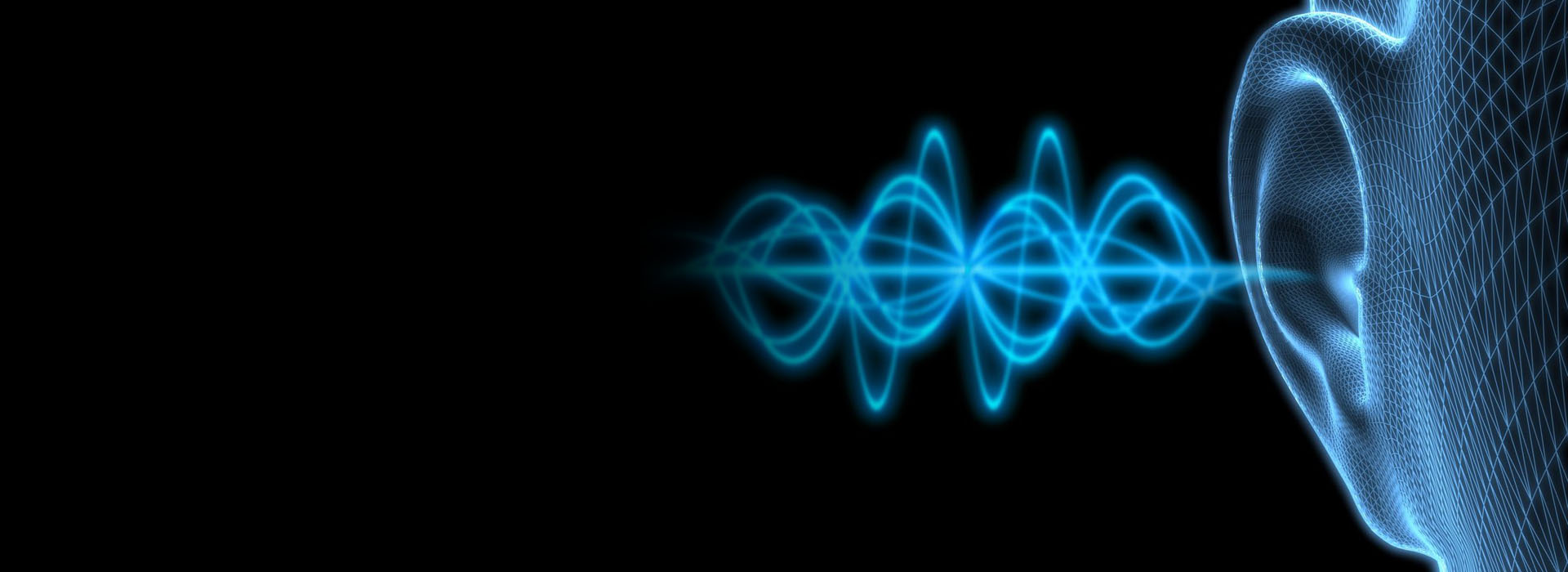WELCOME TO LESVERTIGES.COM
The ‘Les Vertiges’ website is driven by the ENST medical team at the Hôpital Salpétrière (APHP) and two French National Centres for Scientific Research - CNRS UMR 9010 - Université Paris Descartes and ENS Paris Saclay 4.
- Doctor Catherine VIDAL - Otoneurology specialist
- Professor Georges LAMAS - ENT Department Head at Salpétriere Hospital.
- Nicolas VAYATIS - CNRS UMR 9010.
A common reason for consultation
Rotatory vertigo can result from a central lesion, but most commonly it results from a simple dysfunction of a very sophisticated and highly specialised neurosensory organ hidden in the temporal bone: the inner ear.
Through semi-circular canals and otolith receptors, the inner ear plays a crucial role in postural and gaze stability. It also helps with hearing via cochlear receptors. Any unilateral vestibular or vestibular nerve dysfunction can induce symptoms of severe rotatory vertigo, associated with equilibrium disturbances, and may be accompanied by severe nausea and vomiting.
Life then comes to a standstill and an otoneurological assessment is required to treat the loss of balance and eradicate the underlying cause.
New technologies such as eye tracking, connected objects and virtual reality have helped the diagnosis and treatment of vertigo. They have revolutionised the field of otoneurology.
OBJECTIVES
Vertigo may correspond to peripheral involvement (inner ear) or central involvement. It is a very common symptom that patients often see their doctor about.
The objectives of this site are multiple:
1. Provide information on the term vertigo which can actually correspond to different types of sensations: rotational vertigo (the visual world revolves around the subject) or instabilities (the subject feels unstable in relation to his/her environment). This distinction is essential for a correct diagnosis.
2. When the vertigo is peripheral, it results from a dysfunction of the inner ear, more specifically the labyrinthic or vestibular parts. A presentation of the inner ear is thus needed in order to gain a better understanding of this sophisticated organ’s different receptors (3 semi-circular canals and 2 otolithic receptors per side, i.e. 10 receptors in total).
3. A presentation about the otoneurological assessment, an essential tool for cases of vertigo. Indeed, this assessment has changed a lot over the past five years. Until ten years ago only one receptor, the horizontal canal, was explored. The test was based on caloric testing (Barany Nobel Prize). In 2019, the study of the functionality of the five inner ear receptors, and not just the functioning of the horizontal canal, is possible. The video Head Impulse Test assesses the functionality of the horizontal, anterior, and posterior semi-circular canals using an Eye Tracking video. Finally, the vestibular evoked myogenic potentials (VEMPS) make it possible to assess the functionality of the otolithic, saccular and utricular receptors.
4. A semantic approach for patients with different types of peripheral vertigo.
- Positional vertigo
- Vestibular neuritis
- Eighth cranial nerve tumours (vestibular schwannoma, cerebellopontine angle meningiomas)
- Meniere’s Disease
- Minor’s syndrome or superior canal dehiscence syndrome
- Arnold-Chiari malformation
- Vestibular migraines
5. A therapeutic approach to different pathologies.
- Surgical or gamma knife treatment for vestibular schwannoma
- Intratympanic gentamicin injections to suppress vertiginous conditions in Méniere's disease
- Treatment of positional vertigo by therapeutic EPLEY or SEMONT manoeuvres
- Treatment of vestibular neuritis
- Vestibular rehabilitation
6. Balance problems How can we assess them? The Dizziness Handicap Inventory (DHI) is very detailed. It allows us to really understand the discomfort experienced by patients. How can we quantify it? The Equitest? Virtual Reality to study visual dependence. What treatments: vestibular rehabilitation: what does this involve?
7. The inner ear is also made up of the auditory system and the cochlea. The cochlea is made up of a neurosensory epithelium with internal and external hair cells. An approach to the different types of cochlear and retrocochlear hearing loss is presented. Treatment with aids or hearing aids is essential for cognition and to limit the difficulties related to age-related decline and the patient's integration into the professional and social world.
8. Tinnitus is common in hearing loss (linked for example to vestibular schwannoma or Ménière's disease). The Tinnitus Handicap Inventory (THI) is very detailed. It helps us to understand the way patients are handicapped by tinnitus,
9. Dizziness can also be associated with facial paralysis, which guides the etiological diagnosis.
In summary, the lesvertiges.com website is a University referencing site aimed at patients and students, enabling them to understand the origin of vertigo, the way in which the vestibular and auditory systems work, the various pathologies that lead to vertigo and proposed treatments. How does the vestibular system work? How can we treat positional vertigo? How do we treat vestibular Schwannoma, Meniere's disease, and vestibular neuritis in 2019?
A man can become deaf, blind, dumb, one-armed, legless, a cardiac patient, a TB patient, castrated and yet remain a man. He can fall into a coma and continue to be a passive part of our universe like a rock. But, deprived of his semi-circular canals, he is rejected by the outside the world, whose first law, the condition of constitution, is balance.
He is just a fragment of consciousness of chaos.
René Barjavel
« The Tiger’s Hunger »




